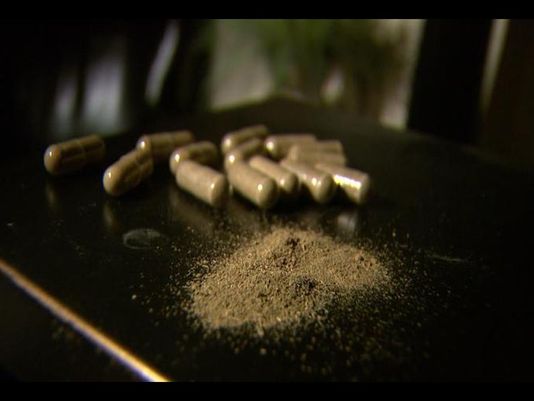It is very common to get up every day with cancer related research news, where there is big money at stake and especially the media and pharmaceutical try to sell each new discovery as a panacea.
I was interested to write something about the almost unknown kratom effects on tumor cells. On this issue there is little scientific literature, as the focus has always been on the antinociceptive effects of this plant.
Kratom (Mitragyna speciosa) is a large tree – growing to about 50 feet – indigenous to Southeast Asia. Kratom powder is obtained from the crushed leaves of the tree and contains an alkaloid called Mitragyna, which affects parts of the brain that control mood and anxiety. In fact, kratom has become a trendy herbal remedy due to its effects on people. Kratom powder can be hidden in the juices and food.
Effects
Kratom is unusual in that it has both stimulant and sedative effects. Taken in small doses, increases alertness and energy and induces a feeling of happiness. Grass tends to make more talkative and sociable user and even improve physical strength. At higher doses, it acts as a sedative and analgesic. It is soothing and may even cause the user to enter a dreamlike state. Sometimes causes involuntary movement of the eyes.

Benefits
Kratom is often used to help opiate withdrawal and as a substitute for opiates. This is a cure for diarrhea and in his native Malaysia, was consumed by the workers to help them withstand long hours of rigorous physical work, while making them feel happier. Kratom has also been associated with the relief of chronic pain, weight loss and even enhanced sexual performance.
Disadvantages
In excess, it can cause headaches Kratom, feelings of nausea and even vomiting. It is important not to drive or operate machinery or power tools when under the influence of kratom, and kratom is potentially dangerous to mix with other drugs or stimulants. Pregnant women should not take Kratom in any form.
Kratom Role of Diabetes
The kratom has been use as a treatment for diabetes for long. Wanting to know if there is any scientific basis to support this use, a group of scientists began to work.
In an in vitro experiment with muscle cells of the line L8, measured glucose uptake and the expression of the glucose transporter GLUT1.
Summarizing an aqueous extract of kratom, i.e. tea ordinary kratom increases the uptake in glucose, similar to insulin and increased expression of GLUT1 receiver. A high resistance to insulin action results in high blood glucose levels, which neuropathies and other pathological disorders occur.
Warning
Kratom is a product of Ethnobotany and as such is marketed, not for human consumption, but as incense or for research purposes. Kratom is illegal in Thailand, Burma, Vietnam and Australia and Europe, Finland, Denmark and Poland. So far there has been banned by the Food and Drug Administration, but is on a list of drugs that the agency intends to investigate. Some imports have declined since Kratom is considered an unapproved new drug.

